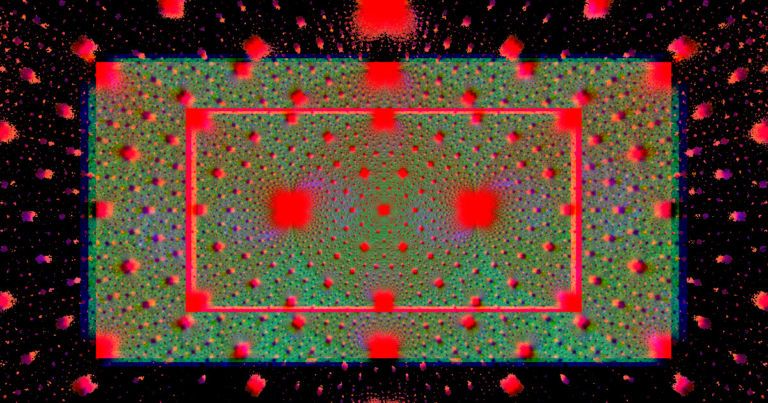If it works, they would be able to input quantum information into one “black hole” circuit, which would scramble, then consume it. After a little while, that information would pop out of the second circuit, already unscrambled and decrypted. That sets it apart from existing quantum teleportation techniques, Quanta reports, as transmitted information emerges still fully scrambled and then needs to be decrypted, making the process take longer and be less accurate as an error-prone quantum computer tries to recreate the original message.
While the idea of entangled black holes and wormholes conjures sci-fi notions of intrepid explorers warping throughout the cosmos, that’s not quite what’s happening here.
Rather, it’s an evocative way to improve quantum computing technology. Recreating and entangling the bizarre properties of black holes, University of California, Berkely researcher Norman Yao told Quanta, would “allow teleportation on the fastest possible timescale.”









Comments are closed.